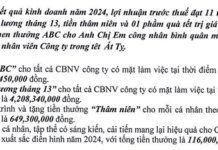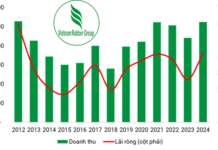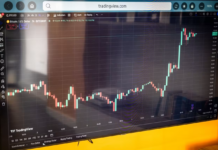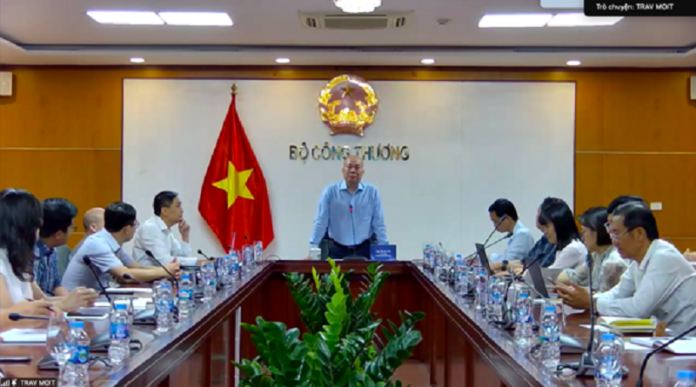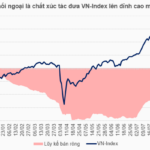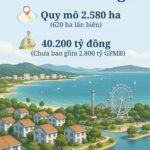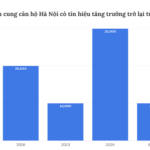The Trade Promotion Conference with the Vietnamese Trade Offices Abroad in July, themed “Market Development for Science and Technology Products,” was organized by the Trade Promotion Agency (Ministry of Industry and Trade) on July 31, 2025, to contribute to the successful implementation of Resolution No. 57-NQ/TW dated December 22, 2024, of the Politburo on breakthrough development in science, technology, innovation, and national digital transformation.
LACK OF MARKET INFORMATION IS THE BIGGEST CHALLENGE
Speaking at the conference, Mr. Vu Ba Phu, Director of the Trade Promotion Agency, said that in Vietnam, the innovation ecosystem has been and is being formed and strongly developed with over 3,800 technology startups, 74,000 businesses in the information technology field, and a workforce of more than 1.2 million high-quality laborers.
The country currently has over 140 universities, research institutes, and startup support organizations, including incubators, innovation centers, and clubs, forming an important network to promote technology startup activities. Many fields have witnessed the strong rise of creative startups, such as educational technology, fintech, tourism, and real estate…
However, the Director of the Trade Promotion Agency frankly stated that the consumption market for Vietnamese science and technology products abroad remains limited. This poses a requirement for close and synchronized coordination between ministries, sectors, industry associations, business communities, and especially the Vietnamese Trade Offices Abroad – the strategic “bridge” force to bring Vietnam’s innovative products to the global market.
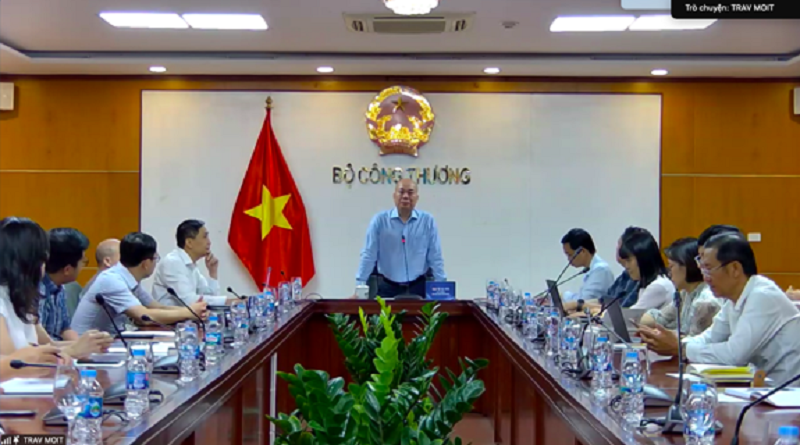
According to Ms. Truong Thi Chi Binh, Vice President and General Secretary of the Vietnam Supporting Industries Association (VASI), Vietnamese supporting industry enterprises have good production capacity, meeting international standards, especially in the fields of mechanics, plastics, electronics, and automation. They are capable of competing well in orders with not-too-large quantities.
On the other hand, the industry has produced many complex components for the automotive, mechanical, plastics, electrical wiring, and printed circuit board industries and wind turbine components.
However, Ms. Binh stated that the market issue is the biggest barrier for the supporting industries. Enterprises are good at production but weak in finding customers and expanding markets.
The enterprises mainly produce “separate components” and find it difficult to move up to produce “component sets” or replacement products due to issues related to output and supply chains. While the domestic supply chain is still weak and less competitive than those of China and India, leading to dependence on imported materials and high costs.
In addition, there is a lack of priority in policies. Although the manufacturing industry has a high technology content and is a foundation, it has not been considered by the Government and related agencies as a high-tech industry, leading to a lack of substantial support.
Similarly, Ms. Nguyen Thi Thu Giang, Vice President and General Secretary of the Vietnam Software and IT Services Association (VINASA), shared that Vietnam’s information technology industry is growing strongly, with a total industry revenue of US$142 billion in 2023, US$152 billion in 2024, and US$13 billion in the software industry, of which exports accounted for US$7 billion.
The main export markets of the industry are developed countries such as the US, Japan, and Europe, along with some countries in the Southeast Asian region. New markets that enterprises are interested in include China and the Middle East.
The core strength of the industry is its abundant and high-quality human resources. Vietnam has a large number of young IT engineers (about 1.26 million people) who are highly regarded internationally for their skills, especially ranking in the top 3 globally in artificial intelligence (AI). This is the biggest competitive advantage.
Similar to the supporting industries, the Vietnamese software industry lacks a presence in foreign markets. “When meeting partners, they always ask: Does your company have an office here? Answering ‘no’ will reduce the company’s opportunity for long-term cooperation,” said Ms. Giang.
Enterprises without a representative office in the host country find it difficult to build trust and long-term cooperation with partners. This is due to a lack of market information, connection channels, and effective approaches; limited marketing resources; and legal barriers in foreign markets.
SOLVING THE “LOCAL PRESENCE” EQUATION FOR ENTERPRISES
Given the above challenges, Ms. Binh suggested that the Vietnamese Trade Offices Abroad provide market information and actively send requests for supply sources from abroad to VASI. Support the connection of Vietnamese enterprises with associations and business communities in the host country to build relationships and seek opportunities.
At the same time, organize promotion activities, invite international partners to participate in the annual manufacturing fair in Vietnam; organize delegations of foreign customers and partners to visit factories in Vietnam directly.
Support the improvement of the industry’s image by promoting the capabilities of Vietnam’s supporting industries at major international fairs to change its face and affirm its position. As the manufacturing industry takes time to develop (very slowly), the representative of VASI hopes that the trade offices will be persistent and not discouraged when the initial partner connections are not immediately successful.
Ms. Giang expected the foreign trade offices to collect and provide information about legal procedures for establishing enterprises or supporting enterprises in the host country. Support as a connecting point between Vietnamese enterprises and communities, business associations in the host country to help them participate and build relationships.
Help solve the “local presence” equation, possibly allowing enterprises to place addresses or signs at the trade office or support in finding shared office models. When there are partners who want to meet, the commercial attachés can help connect, and even Vietnamese enterprises can join online meetings together.
Provide information about suitable technology events in the host country for Vietnamese enterprises to participate in. “We very much hope that the trade offices will introduce VINASA’s major events (such as Vietnam-Asia DX Summit, Smart City Summit…) to partners and organizations abroad to invite them to Vietnam, gradually building international-scale technology events in Vietnam,” the VINASA representative proposed.
Mr. Do Tien Thinh, Deputy Director of the National Innovation Center (NIC) under the Ministry of Finance, also proposed that the Vietnamese Trade Offices Abroad support the improvement of the image and promotion of Vietnam’s innovation ecosystem. Introduce Vietnamese startups to potential businesses and partners abroad.
Connect with venture capital funds (VCs), angel investors, large technology corporations, incubators, and reputable accelerators in the host country to introduce NIC and Vietnam’s potential startups.
Coordinate with NIC to organize forums, conferences, and exhibitions on innovation and startups in Vietnam. Organize meetings for foreign investors and technology corporations who want to learn about the Vietnamese market and cooperate with NIC/Vietnamese startups…
International Trade Remains a Bright Spot Amidst Global Commerce’s Turbulent Times
In a complex geopolitical landscape, amidst escalating trade tensions, rising non-tariff barriers, and stringent environmental standards, Vietnam’s foreign trade performance remains robust. The country continues to assert its role as a pivotal driver of economic growth, showcasing resilience and dynamism in the face of global challenges.
“Front-Running the Upgrade ‘Wave’: Foreign Investors Buy Over 8 Trillion VND in July”
The VN-Index witnessed a remarkable journey in July, reaching an unprecedented closing high of 1,557.42 points. This achievement can be largely attributed to the significant net foreign buying of over VND 8.1 trillion, with 14 net buying sessions during the month. As a result, the net selling scale from the beginning of the year was narrowed to nearly VND 29.4 trillion.
The Green Industrial Revolution: Businesses Can’t Go It Alone.
The green transition in industrial production requires an accompanying ecosystem of aligned policies, green financing, suitable technology, and collaboration between stakeholders.
The Two $3 Billion Coastal Metropolis Projects: What Makes Them So Special?
Introducing our two visionary projects: the Tu Bong New Coastal City and the Dam Mon New Coastal City. With a sprawling 620-hectare and 82-hectare reclamation respectively, these transformative developments are set to redefine the urban landscape and unlock the vast potential of Vietnam’s stunning coastline.









